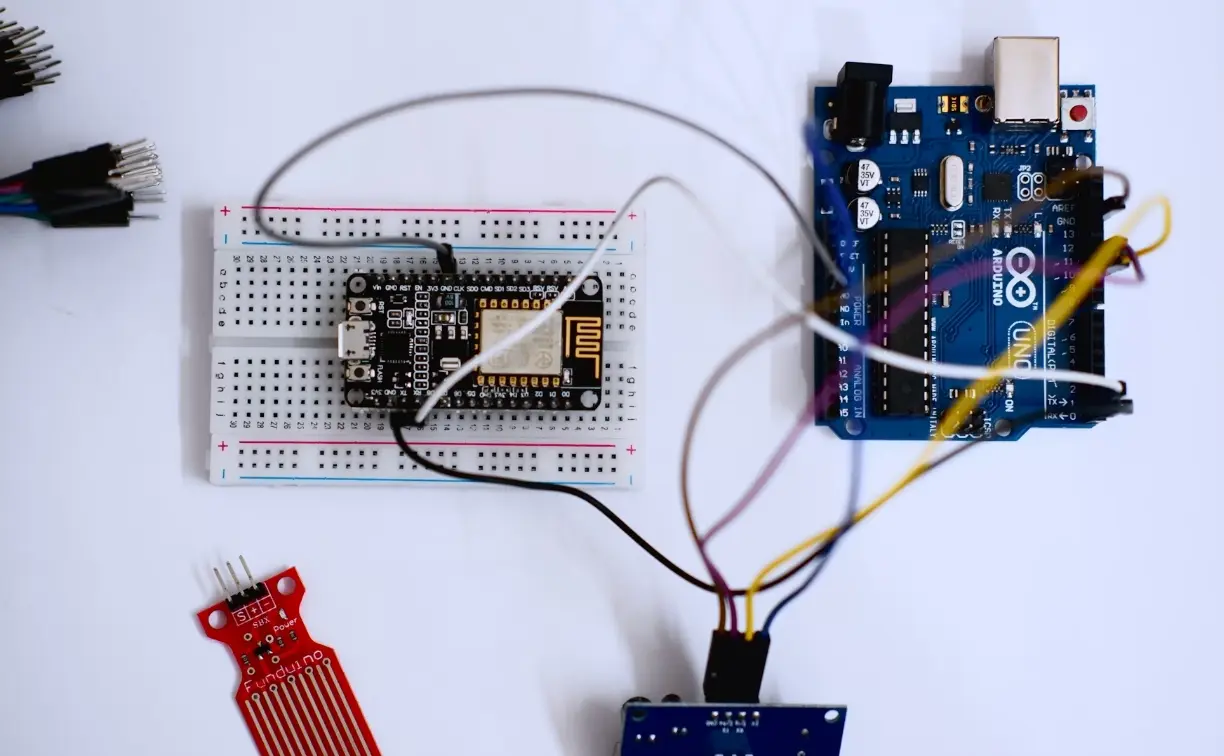
C-tick Approval Australia
C-tick certification is a mandatory Electromagnetic Compatibility (EMC) certification system for electronic and electrical products in Australia, regulated by the Australian Communications and Media Authority (ACMA). This certification ensures that products do not cause electromagnetic interference to other devices and can resist external interference. It is one of the essential certifications for radio communication devices, information technology equipment, and other products entering the Australian market.

Applicable Product Range:
C-tick certification applies to all electronic and electrical devices that may produce or be affected by electromagnetic interference. This includes, but is not limited to:
- Information Technology Equipment (ITE): Computers, printers, routers, etc.
- Household Appliances: Microwave ovens, washing machines, air conditioners, etc.
- Lighting Equipment: LED drivers, electronic ballasts, etc.
- Industrial Equipment: Inverters, PLC control systems, etc.
- Radio Equipment: Wi-Fi modules, Bluetooth devices, walkie-talkies, etc.
Note:
- Some products, such as medical devices or automotive electronics, may require additional certifications (e.g., RCM).
- Low-risk devices, like battery-powered toys, might be exempt from C-tick certification.
Certification Standards:
C-tick certification is primarily based on the following EMC standards:
- Information Technology Equipment (ITE): Based on AS/NZS CISPR 32, which includes tests for radiated emissions and conducted emissions.
- Household Appliances: Based on AS/NZS CISPR 14-1, covering harmonic currents and voltage fluctuation tests.
- Industrial Equipment: Based on the AS/NZS 61000-6 series, focusing on immunity to interference (e.g., ESD, surge).
- Radio Equipment: Based on AS/NZS 4268, which tests for radio frequency radiation and frequency stability.
Key Points:
- The standards are usually based on international standards (e.g., CISPR, IEC) but include local Australian requirements, such as the 230V/50Hz voltage.
- Radio equipment must also comply with ACMA’s spectrum management regulations.
Certification Process:
1. Confirm Product Category and Applicable Standards
First, determine whether your product falls under C-tick certification. Then, select the corresponding AS/NZS standard (e.g., AS/NZS CISPR 32) for your product.
2. EMC Testing
Testing is conducted at an NATA-accredited laboratory (e.g., JJR Laboratory). The main tests include:
- Radiated Emissions
- Conducted Emissions
- Immunity Testing (e.g., ESD, EFT)
3. Prepare Technical Documentation
You will need the following documents:
- Test Reports: Showing compliance with the appropriate AS/NZS standards.
- Product Technical Documents: Such as circuit diagrams, user manuals, and a bill of materials (BOM).
- Declaration of Conformity (DoC): This document, signed by the manufacturer, states that the product complies with C-TICK requirements.
4. Apply the C-tick Mark
The C-tick mark should be in the format: "C-tick + Supplier Code" (e.g., C-tick N12345). This mark must be placed on the product or its packaging in a prominent location.
5. Registration (if applicable)
- Radio equipment must be registered with ACMA and receive a unique identifier.
- Non-radio equipment does not need to be registered, but technical documentation must be kept for potential audits.
Certification Cycle:
The process generally takes 2 to 6 weeks, depending on factors like product complexity and the number of tests required.
Frequently Asked Questions (FAQ):
Q1: Is C-tick certification mandatory?
Yes, failure to obtain C-tick certification can result in fines from ACMA (up to $250,000 AUD) or a ban on selling the product in Australia.
Q2: Can I use a CE EMC report to apply for C-tick?
Yes, but you will need to perform additional tests to address Australian-specific differences (e.g., voltage adaptation).
Q3: How long is C-tick certification valid?
There is no fixed validity period. However, if there are design changes to the product, retesting is required.
Q4: How do I apply for a supplier code?
Submit your company information to ACMA (this is free). Your supplier code will be in the format "NXXXXX".
Email:hello@jjrlab.com
Write your message here and send it to us
 Toothbrush FDA Certification Testing
Toothbrush FDA Certification Testing
 Snoring Device FDA 510k Standard Testing
Snoring Device FDA 510k Standard Testing
 Single Use Intravenous Catheter Certification Test
Single Use Intravenous Catheter Certification Test
 Silicone Material Product Compliance Certification
Silicone Material Product Compliance Certification
 What to Do If Cytotoxicity Test Results Are Positi
What to Do If Cytotoxicity Test Results Are Positi
 ISO 10993:5 Cytotoxicity Testing Methods
ISO 10993:5 Cytotoxicity Testing Methods
 FDA ISO 10993-1 Biocompatibility Evaluation Guidel
FDA ISO 10993-1 Biocompatibility Evaluation Guidel
 In Vitro Cytotoxicity Testing for Medical Devices
In Vitro Cytotoxicity Testing for Medical Devices
Leave us a message
24-hour online customer service at any time to respond, so that you worry!




